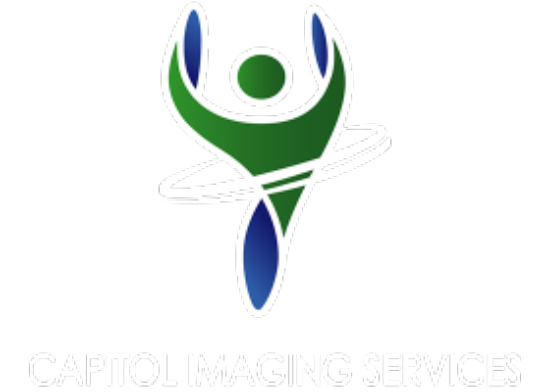Screening and diagnostic mammography, or mammogram, is an x-ray exam of the breast. Most mammography is done as a baseline or screening exam. This exam is useful in diagnosis of breast disease and in detection of cancer. Most breast disease is not malignant or cancerous. If cancer is present, finding it early improves your chances of being treated successfully. If you or your doctor detects the presence of a breast lump, mammography may aid in detecting other lumps or a lump in the other breast which cannot be felt yet. Mammography is the most accurate method currently available to detect breast disease when no symptoms exist.

Digital mammography is different from conventional mammography in how the image of the breast is viewed and, more importantly, manipulated. The radiologist can magnify the images, increase or decrease the contrast and invert the black and white values while reading the images. These features allow the radiologist to evaluate microcalcifications and focus on areas of concern.
Click here for a two minute overview of mammography.
To supplement this technology, DIS incorporates digital Computer-Aided Detection (CAD), which highlights characteristics commonly associated with breast cancer. When activated, it flags abnormalities to help the radiologist detect early breast cancer. CAD is, in essence, a second set of eyes to support and enhance the radiologist’s judgment. CAD has been shown to increase breast cancer detection rates by 15 percent and up to 15 months earlier, is a part of the standard procedure for reading mammogram results.
Digital mammography feels identical to conventional screening from a patient’s perspective, though women may notice shorter exam times and a reduction in callbacks to obtain additional images.
Screening Mammography
Screening mammography is an x-ray examination of the breast in a woman who is asymptomatic (has no breast complaints). The goal of screening mammography is to detect cancer when it is still too small to be felt by her physician or the woman. Early detection of small breast cancers by screening mammography greatly improves a woman’s chances for successful treatment.
For all women, mammography screening is considered crucial to the early detection and prevention of breast cancer. Annual mammograms and clinical breast examinations are recommended by the American Cancer Society for women older than 40 years. Women older than 20 years should be encouraged to do monthly breast self-examinations, and women between 20 and 39 years of age should have a clinical breast examination every three years. These guidelines are modified for women with risk factors, particularly those with a strong family history of breast cancer. The earlier the cancer is detected, the better a woman’s chances for a favorable outcome.
Mammograms have proven to be the most effective tool for detecting breast cancer in its earliest and most treatable stage. After the mammogram is performed, film is made for the radiologist to review. The film also goes into the CAD, which reads it and forms an opinion. The radiologist compares his opinion to the CAD’s and bases his final diagnosis on a “double reading” of results.
Mammography plays a central part in early detection of breast cancers because it can show changes in the breast up to two years before a patient or physician can feel them. Current guidelines from the U.S. Department of Health and Human Services (HHS), the American Cancer Society (ACS), the American Medical Association (AMA) and the American College of Radiology (ACR) recommend screening mammography every year for women, beginning at age 40. Research has shown that annual mammograms lead to early detection of breast cancers, when they are most curable and breast-conservation therapies are available.
The National Cancer Institute (NCI) adds that women who have had breast cancer and those who are at increased risk due to a genetic history of breast cancer should seek expert medical advice about whether they should begin screening before age 40 and about the frequency of screening.
Click here or a woman’s short guide on how to conduct a breast self-examination.
Diagnostic Mammography
A woman with a breast problem (for instance, a lump or nipple discharge) or an abnormal area found in a screening mammogram typically gets a diagnostic mammogram. It’s still an x-ray of the breast, but it’s done for a different reason than a screening mammogram.
During a diagnostic mammogram, more pictures may be taken to carefully study an area of concern. In some cases, special images known as spot views or magnification views are used to make a small area of abnormal breast tissue easier to evaluate. Other types of imaging tests such as ultrasound may also be done in addition to the mammogram, depending on the type of problem and where it is in the breast.
A diagnostic mammogram is usually interpreted in one of three ways:
- It may reveal that an area that looked abnormal on a screening mammogram is actually normal. When this happens, the woman goes back to routine yearly screening.
- It could show that an area of abnormal tissue probably is not cancer, but the radiologist may not be ready to say that the area is normal based on these pictures alone. When this happens it’s common to ask the woman to return to be re-checked, usually in 4 to 6 months.
- The results could also suggest that a biopsy is needed to find out if the abnormal area is cancer. If your doctor recommends a biopsy, it does not mean that you have cancer.


